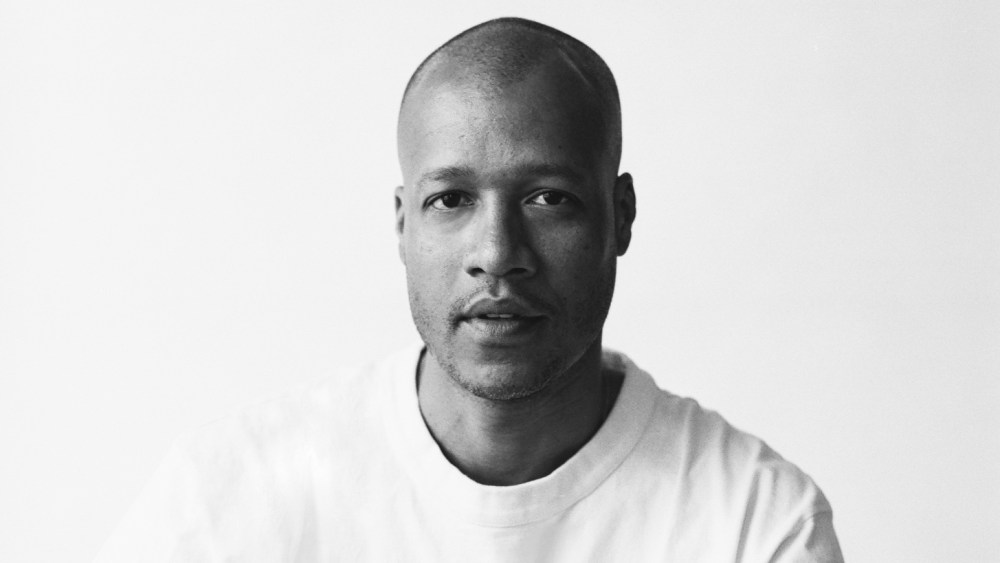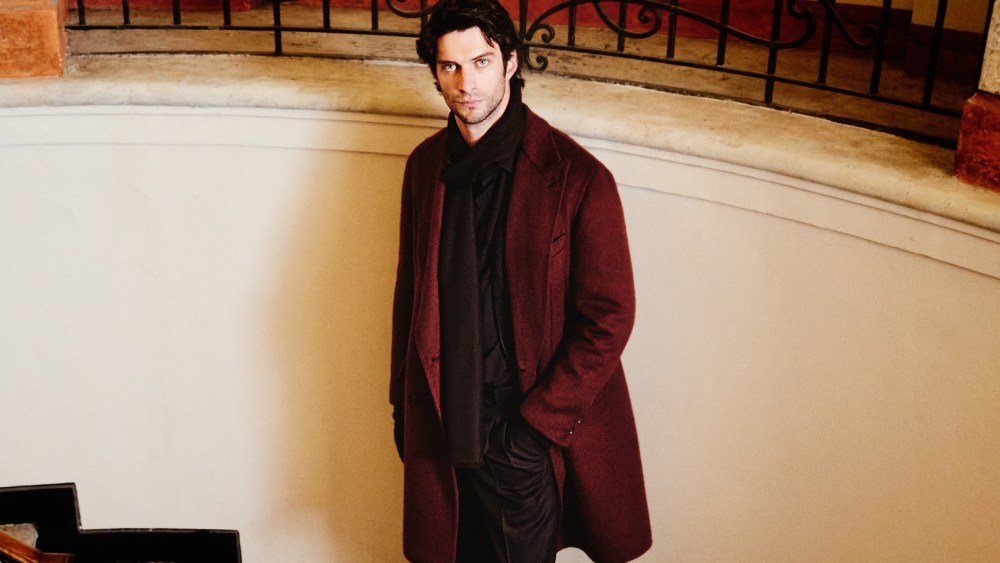LONDON — British shirtmaker Thomas Pink will soon be speaking with an American accent.
The brand, formerly owned by LVMH Moët Hennessy Louis Vuitton, has been purchased by two New York-based clothing companies, Icon Luxury Group and CP Brands Group, in a joint venture partnership.
Their plan is to distribute Thomas Pink internationally, open stand-alone stores in key markets such as the U.S. and the U.K., and offer shirts at prices that fall between Charles Tyrwhitt and Eton. They will also supply third parties, such as U.S. department stores.

Thomas Pink at 106 Jermyn Street in London.
The partners plan to operate with a licensing model across a variety of categories, including fragrances and eyewear, and work closely with local partners worldwide.
The brand has been keeping a low profile since LVMH decided to sell it in late 2020. LVMH’s decision came in the thick of the pandemic when Thomas Pink’s clients were working from home, and no longer needed to dress up for work.
In 2021, LVMH quietly sold the brand to private equity. It eventually ended up in the hands of creditor banks who sold it to Icon and CP for an undisclosed price.
In an interview, Eli Yedid, chief executive officer of CP Brands Group, said he was “super-excited to bring Thomas Pink back to all parts of the world,” adding the plan is to open five stand-alone stores over the next three years.
Prices will be premium, but competitive, with dress shirts selling for around 150 pounds. The new Thomas Pink will also offer three-shirt bundles, and an array of casualwear, too.

Thomas Pink at 106 Jermyn Street in London.
Chris Tubbs
The new owners are currently looking for a global design director who will work closely with the different territories where Thomas Pink will be distributed.
Yedid said there is still much affection for the label, and “everyone still has at least one Thomas Pink shirt hanging in their closet. The brand has never been diluted, he argued, “and the shirts will continue to look and feel very special.”
The new owners have also retained the old team from Thomas Pink. They will continue to work from the brand’s headquarters in St. James’s Place in London, and the flagship at 106 Jermyn Street remains open.
Yedid said that, under LVMH, the U.S. was Thomas Pink’s largest market, and he’s expecting it to return to that position over the next three years.
He’s eager to promote Thomas Pink at home and abroad, and to leverage the relationships he’s built up over more than 20 years at CP Brands, which manufactures and licenses children’s, sports and athleisure clothing brands.
“I’ve spent my career rebuilding great brands that have not been run properly. I like to dig around and find diamonds,” Yedid said.
Joseph Edery, managing director of Icon Luxury Group, said his company is looking forward to elevating Thomas Pink’s “presence on the world stage while staying true to its legacy. The Thomas Pink brand is poised to redefine modern British style for a global audience.”
As reported, LVMH made the decision to wind down and sell Thomas Pink just two years after a much-touted relaunch under longtime LVMH executive Christopher Zanardi-Landi.
He changed the name to Pink, refurbished the Jermyn Street store, hired John Ray to work as creative director, and opened a second store on the King’s Road. The brand was on an upward trajectory until the COVID-19 pandemic struck.

A Thomas Pink men’s spring 2017 presentation, when the brand was owned by LVMH.
Antonio Salgado
The French luxury group had purchased the brand in 1999 during a buying spree that saw it snap up names including Tag Heuer, and attempt a takeover of Gucci, which was ultimately unsuccessful. Kering, then known as PPR, later purchased Gucci — and went on a buying spree of its own.
Pink was founded as Thomas Pink in 1984 by three Irish brothers — James, Peter and John Mullen — in the go-go years as London was becoming a financial market mecca under Prime Minister Margaret Thatcher.
With its bright, patterned shirts, ties and men’s accessories, Thomas Pink quickly became the buzzy, brash and nouveau riche alternative to the more staid Jermyn Street shirtmakers that had defined the City of London look. Its success spawned others, such as Charles Tyrwhitt.
Pink promised Jermyn Street quality at a fraction of the price as the Mullens used similar fabrics, and made the shirts in Ireland. Initially launched as a menswear brand, Pink added womenswear at a later stage.




